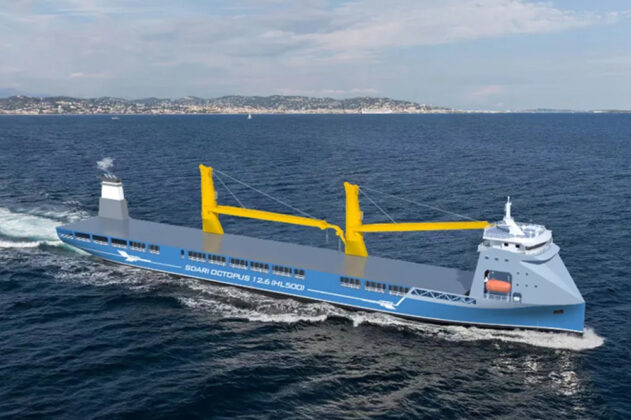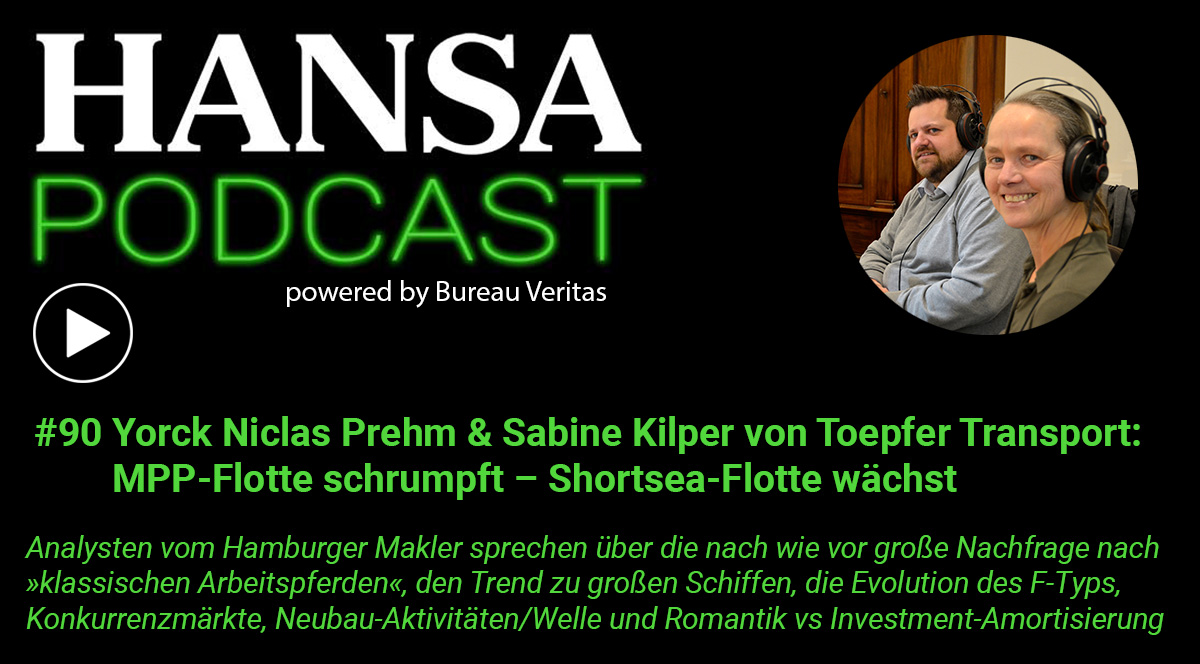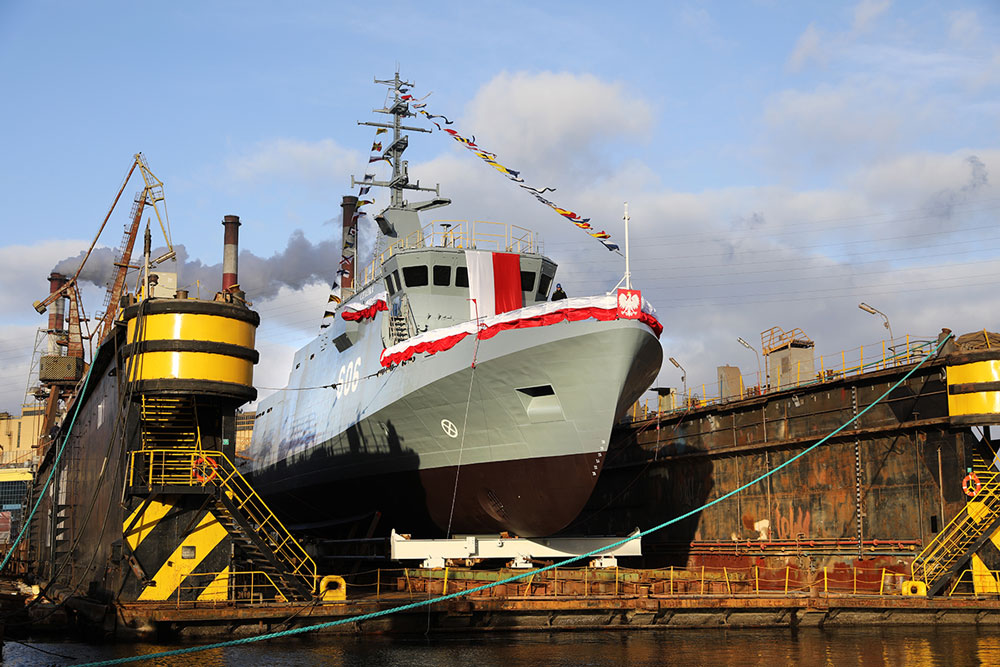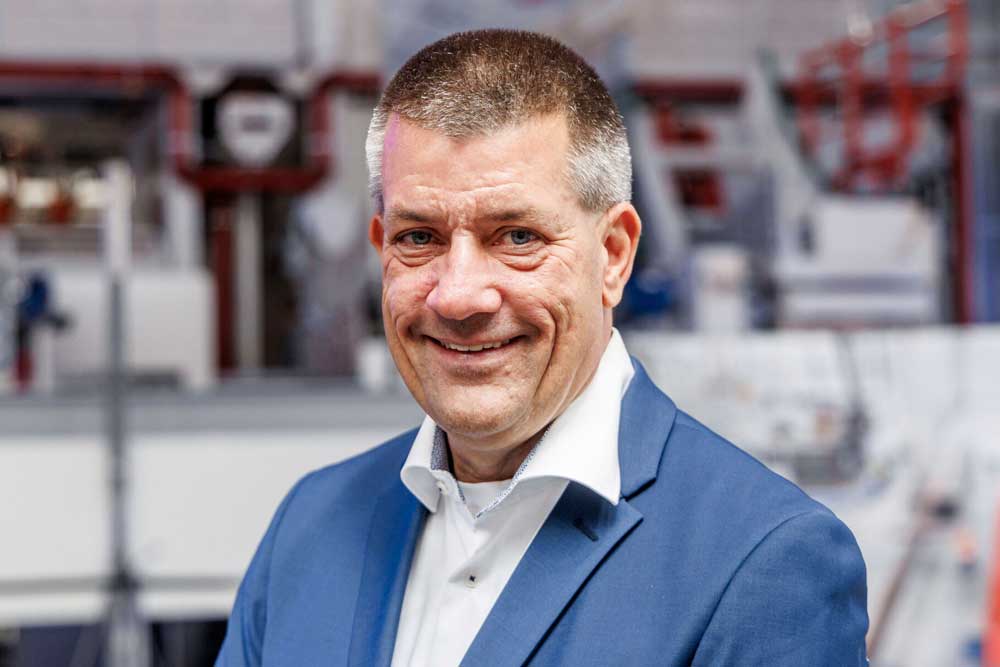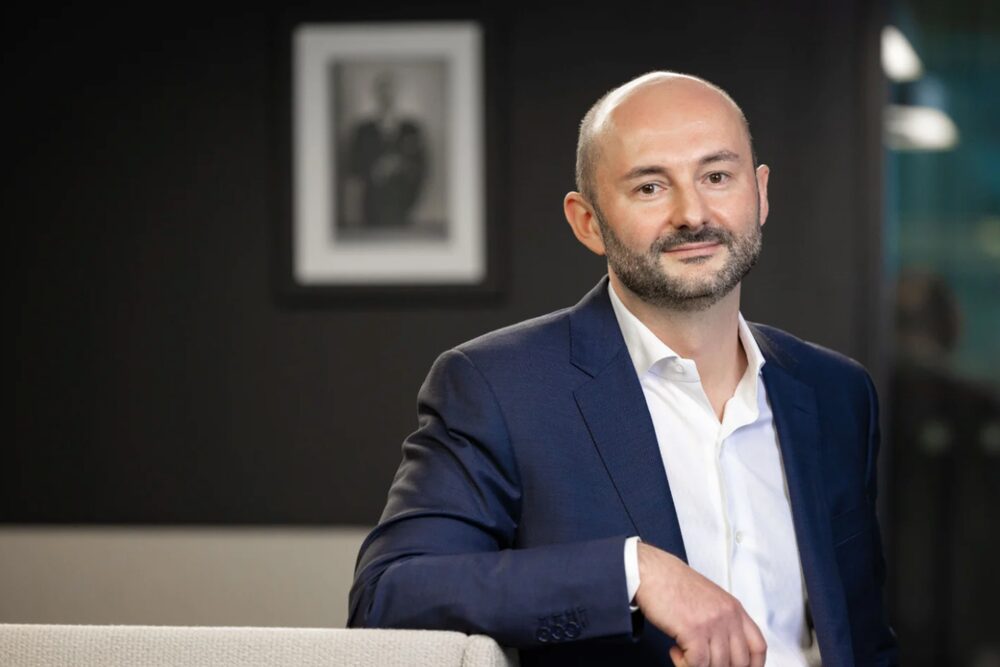Hamburg-based broker Toepfer Transport has developed two new ship designs for the MPP market together with the Shanghai Shipbuilding Research and Design Institute (SDARI). They have now been given the green light by DNV.
Toepfer and SDARI have launched the “Octopus 12.6” and “Octopus 12” designs on the market and received approval in principle (AiP) from the classification society DNV.
The designs would represent a “major step towards environmentally friendly and efficient maritime solutions” and promise “significant progress in cargo handling and fuel consumption”, Toepfer Transport has now announced. These are a 12,600-tonne and a 12,000-tonne design.
According to the company, they worked together on the project for eight months. The ships are said to meet the highest standards in terms of energy efficiency and emissions and comply with Level III of the Energy Efficiency Design Index (EEDI) and Level III nitrogen oxide emission standards. They are equipped with the DOSS energy efficiency management system developed by SDARI itself and offer options for two-stroke or four-stroke engines as well as methanol as a fuel option.
Toepfer and SDARI further develop classic ship types
“Octopus 12.6” (HL500) features significant improvements over its predecessor, the F500 12,500-tonner, which is widely used in the industry. It has a single loading space and two 250-ton deck cranes. The superstructures have been moved from the stern to the bow, which should improve navigation and manoeuvrability. “The deck loading area has been increased by around 40%, making it ideal for transporting large technical equipment, while fuel consumption has been reduced by around 15%,” the announcement said.
“Octopus 12” has also been further developed compared to its predecessor from 2004, the F-type. “It is characterised by a more compact design, lower construction costs and improved fuel efficiency, which has been reduced by around 56%,” say the partners. It is equipped with two deck cranes from 80 to 120 tons and an enlarged loading space optimised for general and bulk cargo.
For Toepfer Transport, this is not the first activity in the development of ship designs. The experts have observed that demand in the market for “classic workhorses” in various configurations remains high. Analysts Yorck Niclas Prehm and Sabine Kilper go into detail about their assessments and expectations in the latest episode of the HANSA podcast. They talk about different ship types, market demand, fleet development and the evolution of the F-type, competition from other shipping markets, special ships such as deck carriers and the framework and investment conditions for newbuildings. Listen to the entire episode here with many more assessments and insights:
The Octopus base is said to offer “versatile configurations” in the 12,000-ton segment, which should not least enable quick cost estimates and shorter construction times. For example, the Octopus 12.6 design can be modified into the extended 12.6XL or the shorter 12.6XS.
According to Toepfer Transport GmbH, the company played a central role in this joint development project and acts as the exclusive broker for these new designs. Hannes Hollaender, Managing Partner and Newbuilding Broker at Toepfer Transport, emphasised: “Our innovative approach in developing a new type of vessel for the MPP market is the result of a synthesis of our market intelligence-based shipbroking activities, the expertise and competence of a leading ship designer and the cooperation with the most recognised classification society in the MPP sector. We are proud of our involvement in this project, which has resulted in a state-of-the-art vessel design that offers unparalleled versatility in terms of size and propulsion options.”





